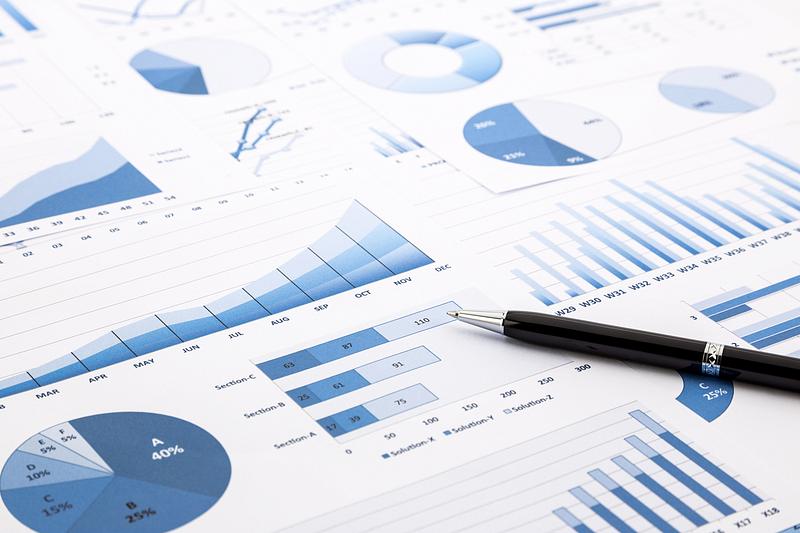Eurostat: Romania’s expenditure is high but skewed towards non-durables



Romania’s actual individual consumption (AIC) per capita, which measures the volume of real expenditure per capita, per category of expenditures, reached 88% of the EU average in 2022 – up 10pp from only three years ago in 2019, according to the latest data published by Eurostat.
This is 5pp above the figure in the Czech Republic – a country with a very low disparity of incomes (the lowest in Europe) and very high convergence: 91% of the EU’s per-capita real GDP compared to only 77% in Romania. Romania’s AIC per capita is also way higher than that of Estonia (79% of the EU average) or Hungary (72%).
Per-capita investments measured by the volume of expenditure for gross fixed capital formation in Romania are, in contrast, less than half as those in Europe on average, according to Eurostat.
More detailed data shows Romanians’ consumption is unusually skewed towards non-durable goods, for instance, food, which puts a question mark on the methodology. The figures definitely shape a consumption pattern, but some of them are not confirmed by independent estimates.
Thus, Romanians’ per-capita consumption of food is reported by Eurostat to be 33% above the EU average – compared to a consumption of only 67% of the EU average in Hungary, 80% in the Czech Republic, and 98% in Estonia. It is hard to believe average Romanians ate nearly twice as much as Bulgarians (70% of the EU average) in 2022.
Irishmen are among the most frugal of Europeans, with only 62% of the EU average “volume of real expenditure per capita” spent on food, according to Eurostat. This would mean they ate less than half a Romanian in 2022.
More granular data is even more counter-intuitive: meat consumption in Romania was 210% of the EU average in 2022 – according to Eurostat. This was the highest figure in Europe and is not consistent with independent statistics on meat consumption showing Romania far from the top. Spaniards, known for their high per capita meat consumption, came at a wide distance with only 116% of the EU average, in Eurostat’s ranking.
One possible explanation for the unusual figures published by Eurostat is that the European statistics agency overestimated the auto-consumption, namely the consumption of rural households based on their own resources. The activity of such households was, however, severely impaired by the workforce migration to urban areas and other countries.
When it comes to durable goods or capital investments, however, Romania lags well behind its European peers. The real expenditure on durable goods in Romania was only 44% of the EU average compared to 70% in the Czech Republic and 65% in Estonia. This is more consistent with intuition. Meaning much less is spent on cars, appliances and electronics in Romania.
When it comes to gross fixed capital formation (how much a country invests in its economy for future development), Romania lags even more behind the most dynamic economies of the Czech Republic (100% of the EU average) or Estonia (97%). In the region, Hungary fares much better as well, with 85% of the EU average.
iulian@romania-insider.com
(Photo source: Dreamstime.com)